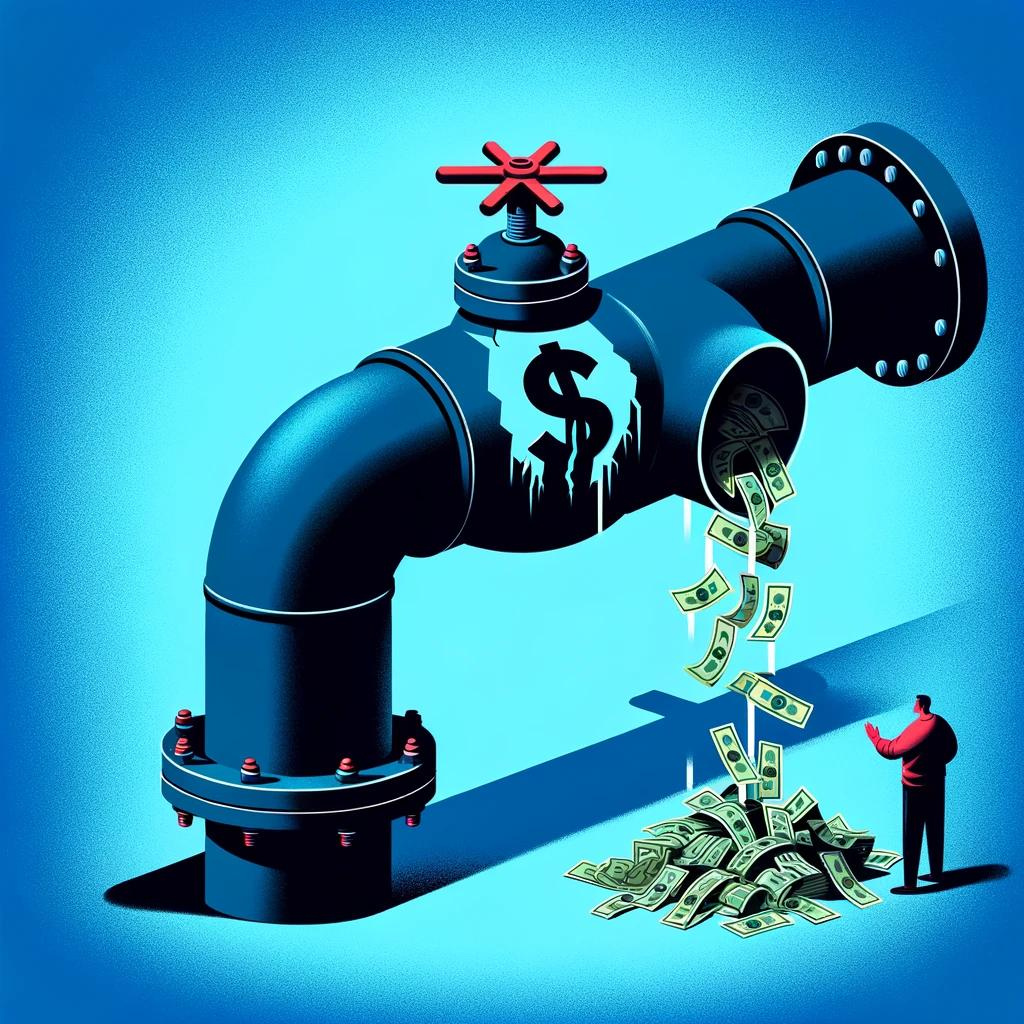Enhancing Retirement Security: Addressing 401(k) Plan Leakage
Overview
The phenomenon of 401(k) plan "leakage"—where workers withdraw savings from their retirement accounts upon changing jobs—poses a significant challenge to financial security in retirement. Annually, billions are withdrawn prematurely from these tax-advantaged accounts, undermining the potential growth of retirement savings. This article delves into the root causes of leakage, its impact, and the concerted efforts by legislators and industry leaders to mitigate this issue, particularly for smaller account balances.
The Leakage Dilemma
The leakage from 401(k) plans is not a minor issue; it represents a substantial drain on the U.S. retirement savings system. Predominantly affecting individuals who switch jobs, the temptation to cash out, especially for those with smaller balances, results in a significant loss of both immediate savings and future investment growth. The Employee Benefit Research Institute (EBRI) highlights that nearly 40% of individuals cashing out their 401(k) upon job transition contribute to an annual leakage of approximately $92.4 billion as of 2015.
The challenge is often attributed to the "friction" in the rollover process, where the ease of accepting a lump sum outweighs the perceived hassle of transferring funds to a new 401(k) or an Individual Retirement Account (IRA). EBRI's projections suggest the 401(k) ecosystem could retain nearly $2 trillion more over four decades if such cash-outs were prevented.
Legislative and Industry Responses
In response to this issue, recent legislative efforts, notably the enactment of Secure 2.0, alongside initiatives by leading 401(k) plan administrators, aim to streamline the rollover process and minimize leakage. These measures have gained significant traction, focusing on preserving retirement savings and ensuring financial security for future retirees.
The problem of 401(k) leakage extends beyond individual choice; it is partly facilitated by regulatory frameworks that allow employers to cash out small account balances without the consent of the employee. Previous regulations permitted employers to disburse accounts holding $5,000 or less. However, legislative amendments have sought to safeguard more of these funds within the retirement savings system. The Economic Growth and Tax Relief Reconciliation Act marked an early effort in this direction, raising the threshold for automatic cash-outs and encouraging the rollover of balances between $1,000 and $5,000 into IRAs. Secure 2.0 further increased this limit to $7,000 from 2024, aiming to preserve a greater portion of retirement savings.
Despite these improvements, challenges remain, particularly regarding the passive nature of IRA rollovers, which may lead to funds being overlooked or eroded by fees without active management by the account holder.
Innovations in Auto Portability
A significant advancement in addressing 401(k) leakage is the introduction of an "auto portability" service by a consortium of six of the largest 401(k) plan administrators. This initiative facilitates the automatic transfer of small account balances (up to $7,000) to an individual's new employer's plan, unless they opt out. By reducing the friction associated with the rollover process, this service aims to decrease leakage, particularly for accounts left behind by job changers.
This approach not only benefits employees by keeping their savings intact and growing but also supports the overall health of the 401(k) system by retaining more assets within it. While auto portability currently depends on the alignment of service providers between an individual's old and new employment, its potential to reconnect millions with their forgotten retirement savings is significant, especially for younger workers, low-income individuals, minorities, and women who are most at risk of cashing out.
Future Directions and Support Mechanisms
Secure 2.0 has also paved the way for further support mechanisms, including a "lost and found" database for retirement accounts, to be established by the end of 2024. This online registry, supported by a substantial investment from the Technology Modernization Fund, aims to assist individuals in locating and reclaiming lost or forgotten retirement benefits.
For those seeking to locate lost retirement savings, several strategies are recommended, including reviewing old employment records, contacting previous employers or unions, utilizing online search tools provided by the Department of Labor, and exploring the National Registry of Unclaimed Retirement Benefits or state unclaimed property databases.
In summary, while 401(k) plan leakage presents a considerable challenge to retirement security, coordinated efforts by legislators, industry stakeholders, and technological innovations are making strides toward safeguarding individuals' retirement savings and enhancing the integrity of the retirement system.

